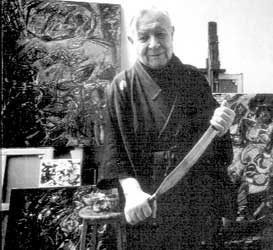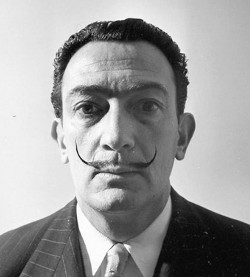Andre Masson
View Masson's Gallery
Andre Masson Book Results
Andre Masson Book Results
As an Amazon Associate, I earn from qualifying purchases.
Andre Masson Book Results
Birth
Andre Masson was born in Oise, France in 1896. Shortly after his birth his parents moved to Brussels. Masson began drawing at a very young age and his parents sent him to college in 1914. He studied mural painting at Ecole Nationale des Beaux-Arts in Paris.Andre Masson Book Results
As an Amazon Associate, I earn from qualifying purchases.
The Great war and Surrealism

Sand painting

Influence
During the second world war Masson left for America and has profound influence on some of the artists there. In particular Arshile Gorky drew influence, as did Jackson Pollock and Mark Rothko. Indeed, Pollock's Action painting bore resemblance to Masson's sand painting. Masson returned to Paris in 1945 and turned his hand to stage design as well as painting.Death
Masson died in 1987Andre Masson Book Results



